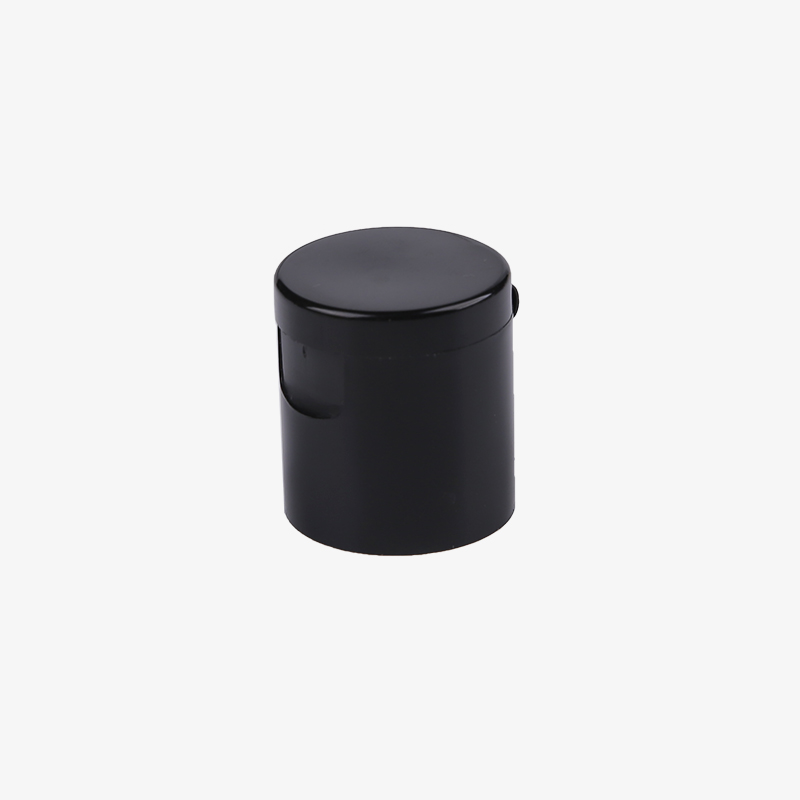1. Polyethylene. The English abbreviation of polyethylene is "PE". Polyethylene is also divided into high-pressure polyethylene and low-pressure polyethylene according to different pressures during polymerization, and the English abbreviations are "LDPE" and "HDPE" respectively. The crystallinity of high-pressure polyethylene is relatively low, so the density is small and the texture is relatively soft. Compared with low-pressure polyethylene, it has higher transparency and excellent impact resistance and low temperature resistance, but it is not heat-resistant. Low pressure polyethylene is more permeable than high pressure polyethylene, but not as impact resistant as high pressure polyethylene. Both types of polyethylene are susceptible to stress cracking.
2. Polyamide. The English abbreviation of polyamide is "PA". There are many classifications of polyamides, the chemical structure should be different for different synthesis, and the properties will be somewhat different, but their common points and properties are also similar. Polyamide has high crystallinity, high mechanical strength, good toughness and fatigue resistance, and it is relatively easy to color and shape, and can be used for a long time at room temperature. However, its heat distortion temperature is low, its hygroscopicity is relatively large, and its dimensional stability is relatively poor.
3. Polyoxymethylene. Polyoxymethylene is a highly crystalline substance, abbreviated as "POM". POM is a very elastic material, its chemical stability, impact resistance and creep resistance are very strong, and POM has high rigidity, strength and wear resistance, it is a commonly used engineering sexual material. However, the shrinkage rate of POM is high, the size control technology is very high, and the corrosion resistance is relatively low.



 英语
英语 中文简体
中文简体











